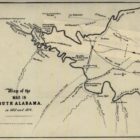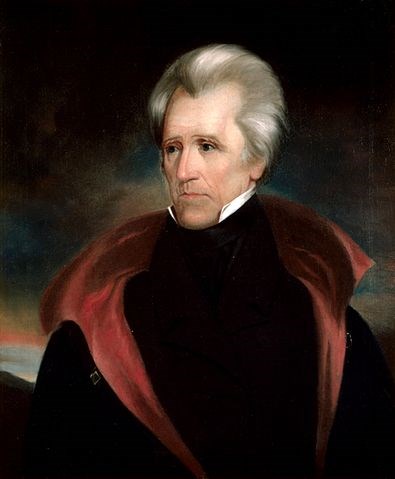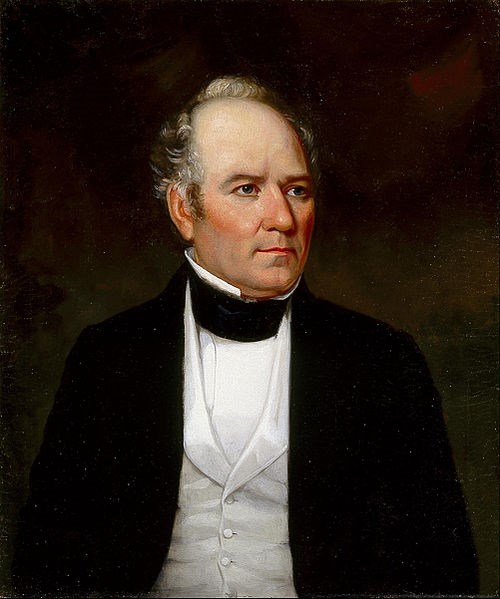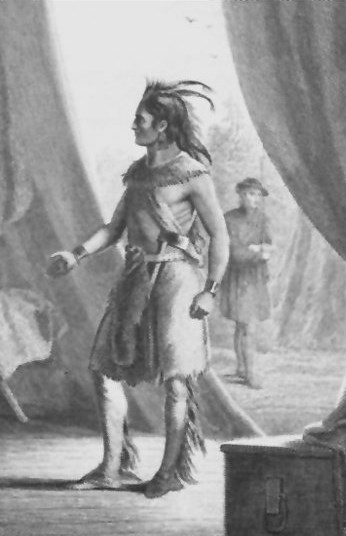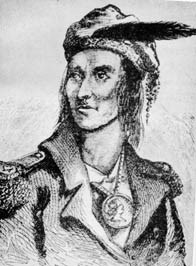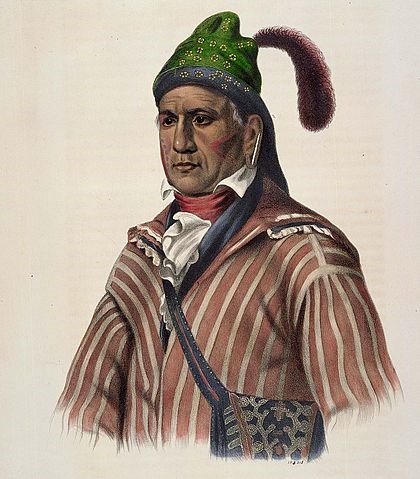Creek War Battle Sites in Alabama

Creek War Battle Sites in Alabama
The Creek War (1813–1814), also known as the Red Stick War and the Creek Civil War, was a regional war between opposing Creek factions, European empires and the United States, taking place largely in today’s Alabama and along the Gulf Coast.
The war of began as a civil war, largely centered among the Upper Creeks, whose towns were located on the Coosa, Tallapoosa, and upper reaches of the Alabama rivers.
The major conflicts of the war took place between state militia units and the “Red Stick” Creeks.
Introduction

In the early part of the sixteenth century, white explorers who visited the territory now forming the southeastern United States found it occupied by tribes of American Indians who had lived there for centuries. The Creek, Cherokee, Seminole, Chickasaw, and Choctaw Indians saw the land they inhabited become an object of desire for the visitors. Inevitably, this interest in the southeastern Indian land caused contention, conflict, and the eventual forced removal of the tribes to Indian Territory in what is now Oklahoma.
As white settlers began to move into the region at the start of the nineteenth century, the Creeks became increasingly hostile. Many did not wish to adopt the ways of whites as government agents urged them to do under a new Indian policy instituted by President George Washington. Indian agents were supposed to instruct Indians how to plow, raise cotton, weave, spin, care for domestic animals, and become skilled in carpentry or black smithing. Indians also wanted to keep their lands. Unfortunately for them, they had granted the American government the right to maintain horse paths through their territory over which white pioneers were allowed to travel to the region around Mobile. These horse paths became highways of settlement.
As white population increased, the Creeks began to divide among themselves, into those who held more traditional views and those who were more assimilated through contact with whites. The traditionalists responded to Tecumseh, the great Shawnee Indian leader. Just before the start of the War of 1812 between England and the United States, Tecumseh traveled south from the Great Lakes to try to unite all Indians against white Americans. After Tecumseh’s visit, the Creeks divided. Most Upper Creeks, called Red Sticks because of their bright red war clubs, wanted to resist white encroachment. Most Lower Creeks, more accustomed to whites, were inclined toward peace. This division led to the Creek War of 1813-14, which was a part of the War of 1812.
During the War of 1812, the waring Creek Indians were supported by Spain and England. They fought against the Americans led by General Andrew Jackson and the allied Choctaw, Chickasaw, Cherokee, and “friendly” Creek. The “friendly” Creeks were often of mixed heritage due to decades of intermarriage between the Indians and Europeans. The Creek War ended in 1814 when the Creeks were forced to sign the Treaty of Fort Jackson, ceding some forty thousand square miles of land to the United States. Although the Choctaw, Chickasaw, and Cherokee fought for the United States against the Creek, they, too, were soon pressured to cede their lands.
Source: Alabama Archives
Battle of Tallushatchee
The Battle of Tallushatchee, which took place on November 3, 1813, in present-day Calhoun County, was America’s first military victory in the Creek War of 1813-14. The battle was initiated when an overwhelming American force attacked the Creek town of Tallushatchee, resulting in its complete destruction and the death of 186 Creeks, including women and children.
Battle of Talladega
The Battle of Talladega was a battle fought between Tennessee militia and the Red Stick Creek Indians during the Creek War. The Red Sticks inflicted 17 casualties on Jackson’s forces. Jackson inflicted 299 casualties on the Red Sticks and drove them from the field.
Enitachopco Creek
The battles of Emuckfaw and Enotachopo Creek (or Enotachopco Creek) were part of Andrew Jackson’s campaign in the Creek War. They took place in January 1814, approximately 20–50 mi (32–80 km) northeast of Horseshoe Bend.
Emuckfau Creek
Tohopeka
Horseshoe Bend
Battle of Horseshoe Bend, also known as the Battle of Tohopeka, (27 March 1814), a U.S. victory in central Alabama over Native Americans opposed to white expansion into their terroritories and which largely brought an end to the Creek War (1813–14).
Autosee
The Battle of Autossee took place on November 29, 1813, at a Creek town near present-day Shorter, Macon County. It was part of the larger conflict known as the Creek War of 1813-14. In the battle, some 900 Georgia militia commanded by Gen. John Floyd and approximately 450 U.S-allied Creeks led by William McIntosh attacked a large party of Creek warriors of the Red Stick faction, killing at least 200 and burning the town. Autossee consisted of perhaps several hundred houses and was located on the south side of the Tallapoosa River at the mouth of Calabee Creek. The attack was part of U.S. efforts to destroy Red Stick strongholds after a Red Stick war party massacred white settlers and allied Indians at Fort Mims in present-day Baldwin County.
Calabee Creek
The Battle of Calebee Creek (also spelled Calabee, Callabee, or in the official report at the time, “Chalibee”[1]:95) took place on January 27, 1814, during the Creek War, in Macon County, Alabama, 50 miles (80 km) west of Fort Mitchell. General Floyd, with 1,200 Georgia volunteers, a company of cavalry and 400 friendly Yuchi, repulsed a night attack of the Red Sticks on his camp. Floyd lost so many in this hostile country that he immediately withdrew to the Chattahoochee River. Also referred to as the Battle for Camp Defiance.
Fort Mims
On August 30, 1813, Paddy Welsh and William Weatherford led a force of nearly seven hundred Red Stick Creeks through Fort Mims’s open gate, and approximately four hours later 250 fort occupants, including women and children, were dead. Another one hundred or so were taken captive.
Burnt Corn Creek
After the War of 1812, the federal government began to force southeastern Indians to exchange their remaining lands for land in Indian Territory. Most Indians fiercely resisted leaving their ancestral homelands, but with the election of Andrew Jackson as president in 1828, Indian removal was established as a national policy. States quickly passed laws to ensure jurisdiction over Indians living within their borders, and President Jackson informed the Indians that the federal government was helpless to interfere with state laws. He told them their only option was to comply with removal. In Alabama, removal was completed by the late 1830s, though a few native Alabamians, such as the Poarch Band of Creek Indians, escaped removal and remain in Alabama today.
Source: Alabama Archives
Major Participants in the Creek War
Source: National Park Service
